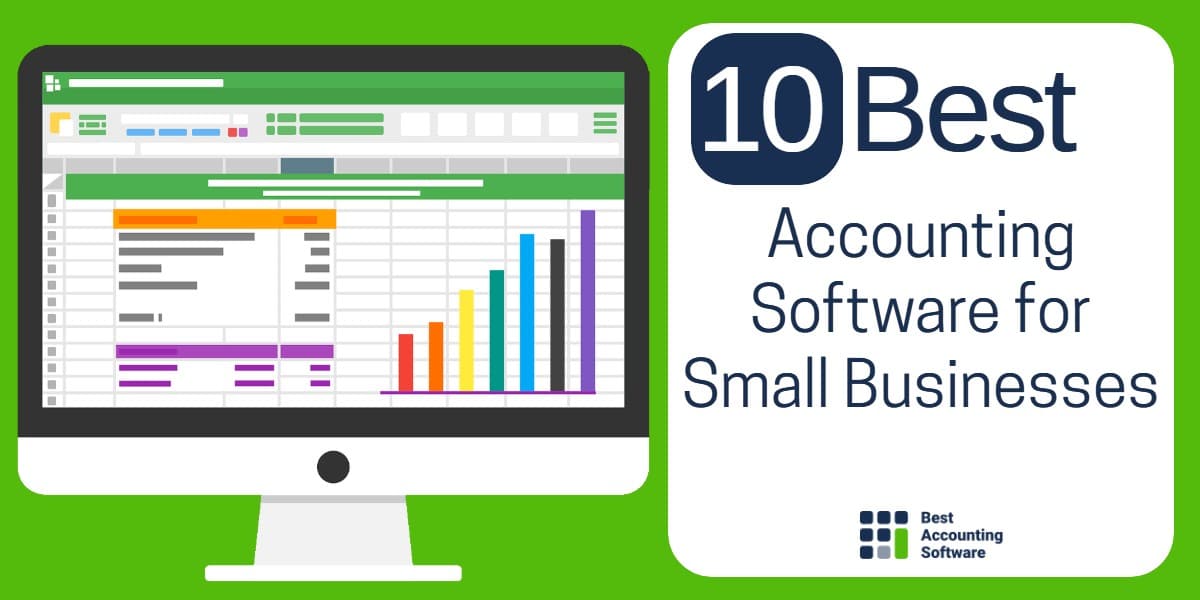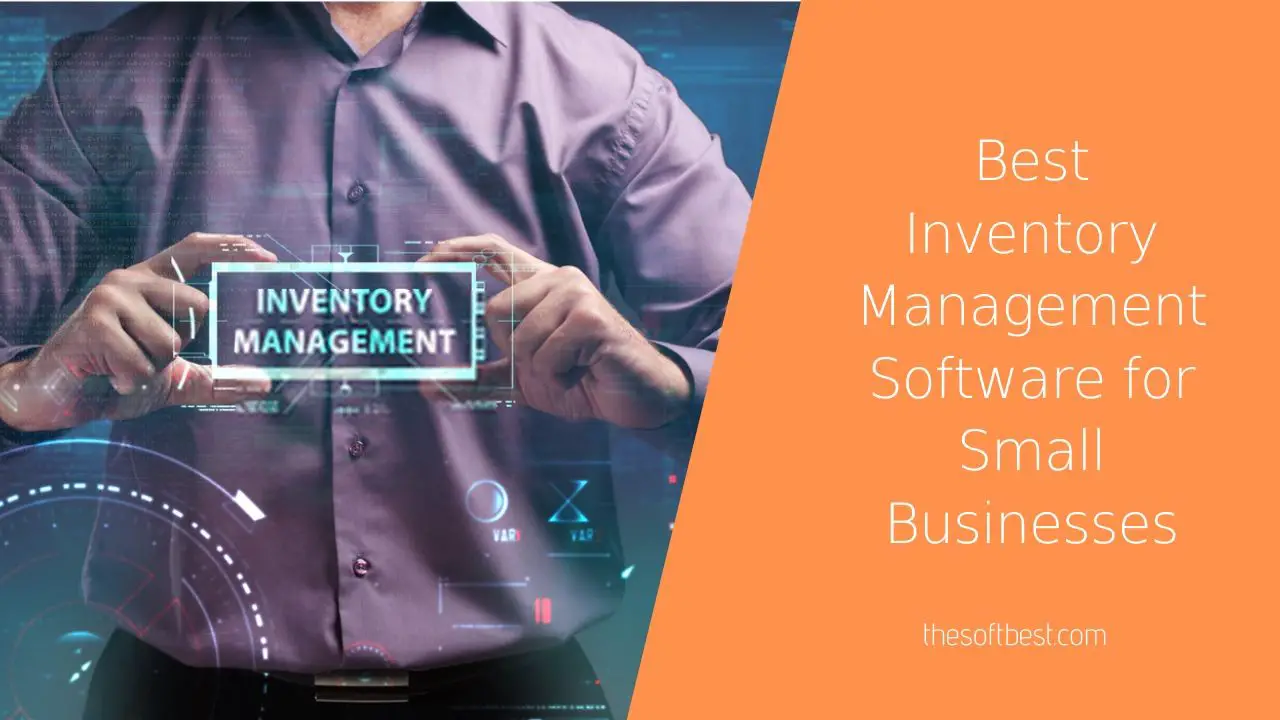Accounting & inventory software for small business – In today’s competitive business landscape, accounting & inventory software has become an indispensable tool for small businesses seeking to streamline operations and optimize growth. With a plethora of options available, choosing the right software can empower businesses to gain control over their finances, manage inventory effectively, and make informed decisions that drive success.
This comprehensive guide delves into the world of accounting & inventory software, providing insights into its purpose, key features, and the benefits it offers to small businesses. By exploring different types of software, implementation considerations, and best practices, we aim to equip entrepreneurs with the knowledge they need to make informed choices and leverage technology to their advantage.
Overview of Accounting & Inventory Software
Accounting and inventory software is designed to assist small businesses in managing their financial and inventory-related operations more efficiently and effectively.
It streamlines accounting processes, provides real-time insights into inventory levels, and automates tasks, allowing small businesses to save time, reduce errors, and make informed decisions.
Key Features and Functionalities
- Accounting:
- General ledger
- Invoicing and billing
- Accounts receivable and payable
- Financial reporting
- Inventory Management:
- Inventory tracking
- Stock adjustments
- Purchase order management
- Reorder point alerts
- Other Features:
- Cloud-based access
- Mobile compatibility
- Integration with other business applications
- Customer support
Types of Accounting & Inventory Software
Choosing the right accounting & inventory software for your small business is crucial. Various types of software are available, each with its own advantages and disadvantages. Understanding these differences will help you make an informed decision.
Cloud-Based Software
Cloud-based accounting & inventory software is hosted on remote servers and accessed via the internet. This eliminates the need for local installation and maintenance.
Advantages:
- Accessibility from anywhere with an internet connection
- Automatic updates and backups
- Scalability as your business grows
Disadvantages:
- Reliance on internet connectivity
- Potential security concerns
- Monthly subscription fees
On-Premises Software
On-premises accounting & inventory software is installed on your own computers or servers. This provides greater control over data and security.
Advantages:
- No reliance on internet connectivity
- Higher level of security and data control
- Potential cost savings over time
Disadvantages:
- Requires local installation and maintenance
- Limited accessibility outside the office
- Scalability can be challenging
Open-Source Software
Open-source accounting & inventory software is free to use and modify. This can be a cost-effective option for small businesses with limited budgets.
Advantages:
- No licensing or subscription fees
- Flexibility to customize and modify the software
- Strong community support
Disadvantages:
- May require technical expertise for installation and maintenance
- Limited support and documentation
- Security updates may not be as frequent
Features to Consider: Accounting & Inventory Software For Small Business
Choosing the right accounting & inventory software for your small business is crucial for efficient operations. Consider the following key features to ensure you select the best fit:
Accounting Capabilities
- Invoicing: Create and send professional invoices to customers, track payments, and manage outstanding balances.
- Expense Tracking: Record and categorize business expenses, generate reports for tax purposes, and identify areas for cost optimization.
- Financial Reporting: Generate comprehensive financial statements (e.g., balance sheets, income statements, cash flow statements) to analyze financial performance and make informed decisions.
Inventory Management Capabilities, Accounting & inventory software for small business
- Stock Tracking: Monitor inventory levels in real-time, set reorder points, and prevent stockouts.
- Inventory Valuation: Calculate the value of inventory using different methods (e.g., FIFO, LIFO, weighted average cost) for accurate financial reporting.
- Order Fulfillment: Process customer orders efficiently, track shipments, and manage backorders.
Integration with Other Business Systems
- CRM (Customer Relationship Management): Integrate with CRM systems to manage customer interactions, track sales pipelines, and provide better customer service.
- E-commerce: Connect to e-commerce platforms to automatically update inventory levels, process orders, and provide real-time stock information to customers.
Ease of Use and Accessibility
- Intuitive Interface: Choose software with a user-friendly interface that is easy to navigate and understand.
- Cloud-Based Access: Opt for cloud-based software to access your data from anywhere, on any device with an internet connection.
- Mobile App: Consider software that offers a mobile app for on-the-go access to key features.
Implementation and Setup

Implementing and setting up accounting & inventory software requires careful planning and execution to ensure a smooth transition. The following steps Artikel the key phases involved:
Data Migration and Conversion
Migrating existing financial and inventory data from legacy systems or spreadsheets to the new software is a critical step. This involves identifying and mapping data fields, ensuring data integrity, and verifying accuracy during the transfer process.
User Training and Onboarding
Training users on the software’s functionality and best practices is essential for successful adoption. This includes providing comprehensive documentation, conducting hands-on training sessions, and offering ongoing support to ensure users are proficient in utilizing the software.
Customization and Configuration
Customizing the software to align with specific business requirements is often necessary. This may involve configuring chart of accounts, setting up inventory categories, and defining custom reports or workflows to streamline operations.
Best Practices for Using Accounting & Inventory Software

Effectively utilizing accounting and inventory software can streamline your financial operations and enhance your business performance. Here are some best practices to consider:
Improve Financial Accuracy and Efficiency
To ensure the accuracy and efficiency of your financial processes:
- Regularly reconcile your accounts: Match your software records with bank statements and other financial documents to identify and correct any discrepancies.
- Automate data entry: Use features like bank feeds and invoice scanning to minimize manual data entry and reduce the risk of errors.
- Utilize reporting tools: Generate financial reports regularly to track key metrics, identify trends, and make informed decisions.
Optimize Inventory Management
To optimize your inventory management:
- Establish accurate inventory levels: Regularly count and track inventory items to ensure you have the right amount of stock on hand.
- Implement inventory tracking systems: Use barcodes or RFID tags to track inventory movements and automate inventory updates.
- Set reorder points: Determine the minimum inventory levels for each item and set up alerts to trigger automatic reordering when necessary.
Enhance Collaboration and Decision-Making
To enhance collaboration and decision-making:
- Provide access to relevant users: Grant access to the software to team members who need it for their roles, ensuring everyone has the information they need.
- Foster data sharing: Encourage users to share data and insights within the software, promoting transparency and collaboration.
- Utilize dashboards and reporting tools: Create customized dashboards and reports to provide users with a clear and concise overview of key metrics and trends.
Case Studies and Success Stories

Numerous small businesses have experienced significant improvements after implementing accounting and inventory software. These case studies demonstrate the tangible benefits and positive ROI that can be achieved.
A notable example is a small manufacturing company that struggled with manual inventory management. After implementing accounting and inventory software, they experienced a 25% reduction in inventory shrinkage and a 15% increase in sales due to improved inventory visibility and accuracy.
Improved Inventory Management
- Reduced inventory shrinkage and losses
- Enhanced inventory visibility and accuracy
- Optimized stock levels and reduced overstocking
Streamlined Accounting Processes
- Automated financial reporting and analysis
- Improved accuracy and efficiency in financial transactions
- Reduced time spent on manual accounting tasks
Increased Sales and Revenue
- Enhanced customer satisfaction through improved inventory availability
- Increased sales due to optimized inventory levels
- Improved cash flow through efficient inventory management
Concluding Remarks
In conclusion, accounting & inventory software is a game-changer for small businesses, offering a comprehensive solution to manage finances, optimize inventory, and gain valuable insights. By carefully considering the factors Artikeld in this guide, businesses can select the software that best aligns with their needs and embark on a journey of enhanced efficiency, profitability, and growth.
Key Questions Answered
What are the key benefits of accounting & inventory software for small businesses?
Accounting & inventory software streamlines financial management, simplifies inventory tracking, improves accuracy, enhances collaboration, and provides valuable insights for informed decision-making.
What are the different types of accounting & inventory software available?
Businesses can choose from cloud-based, on-premises, and open-source accounting & inventory software, each with its own advantages and considerations.
What factors should businesses consider when selecting accounting & inventory software?
Key factors include accounting capabilities, inventory management features, integration with other systems, ease of use, and scalability.